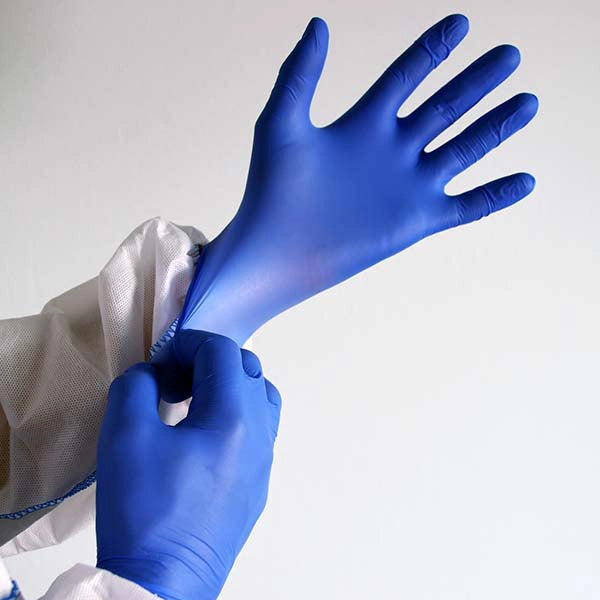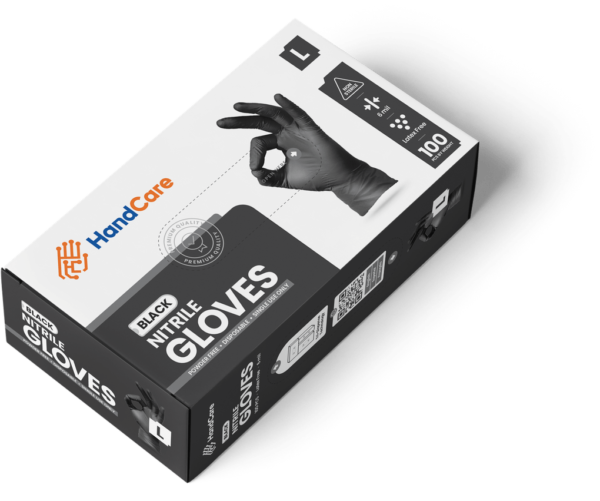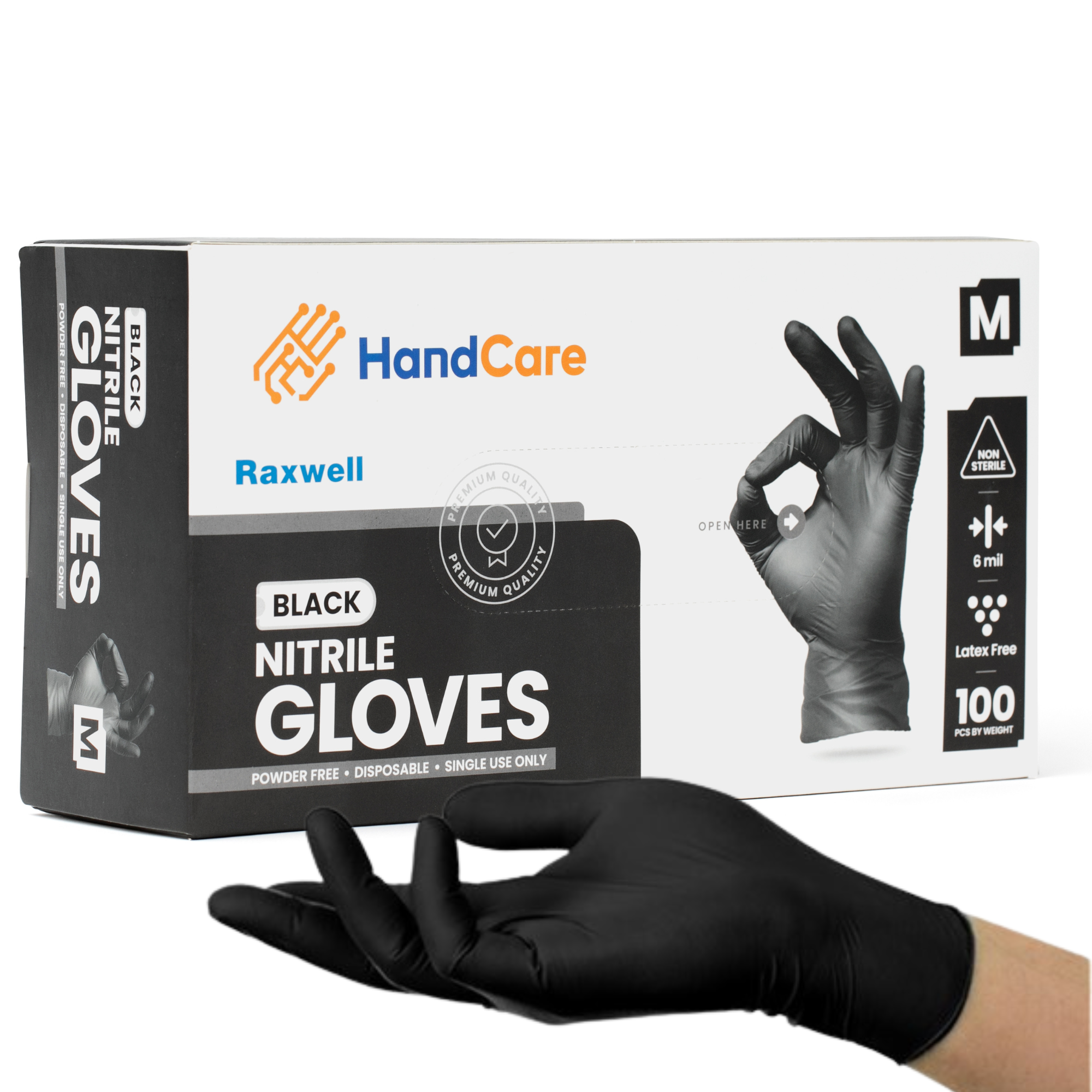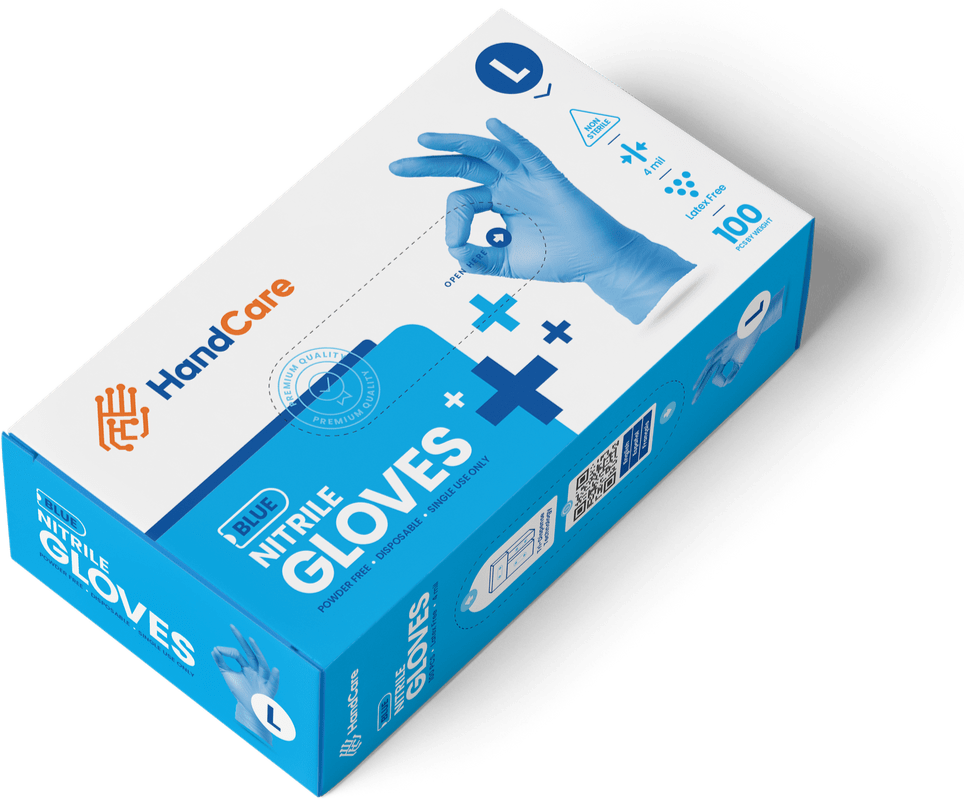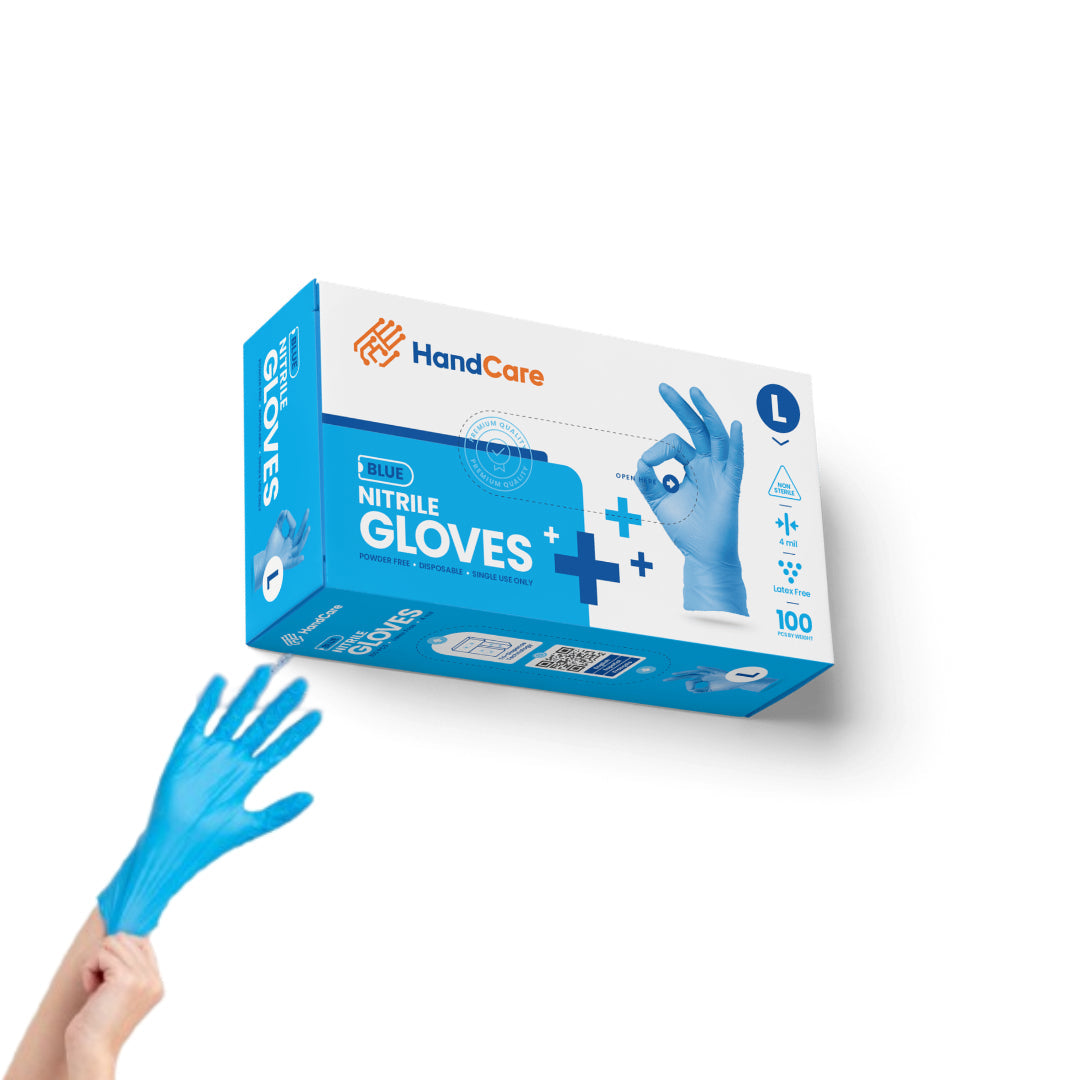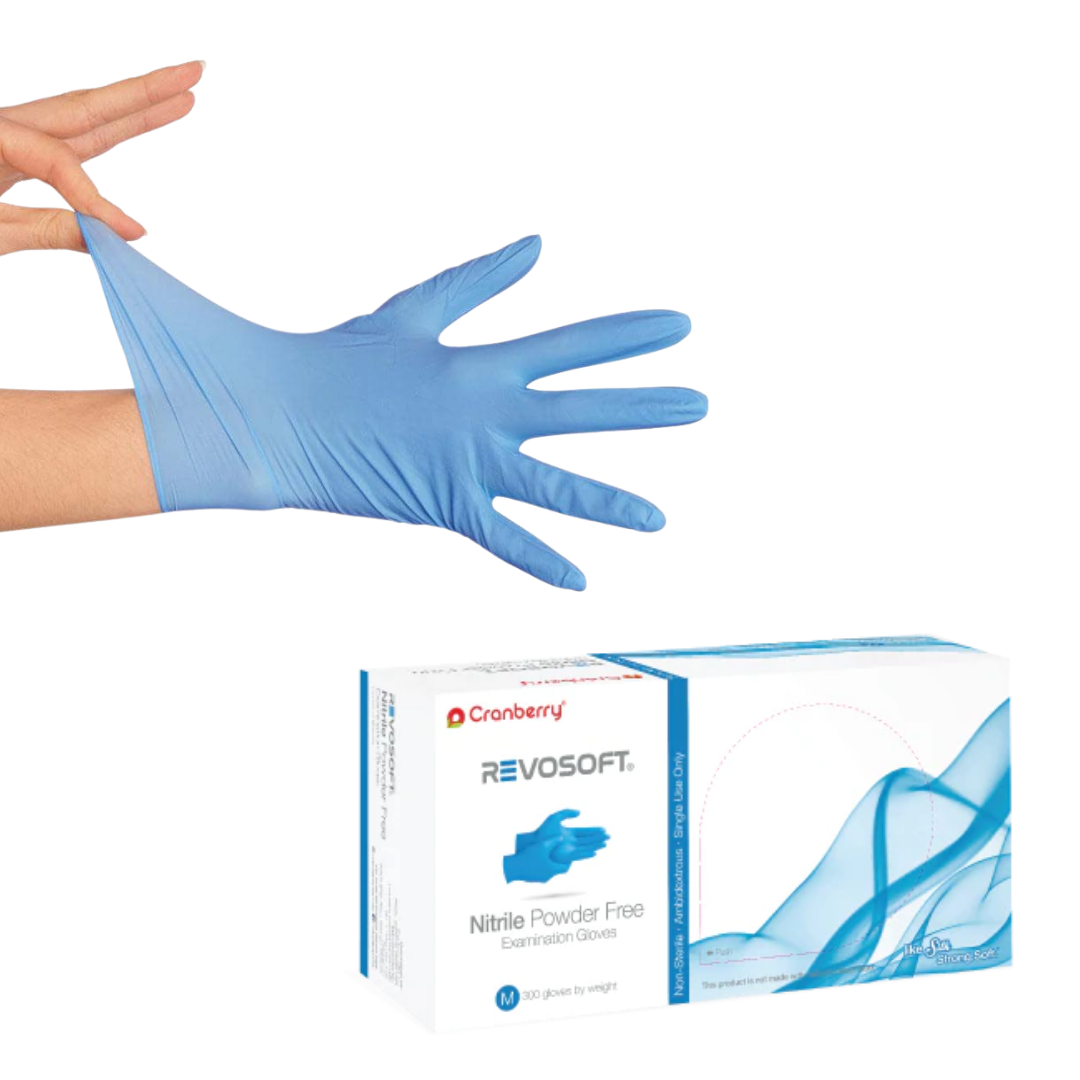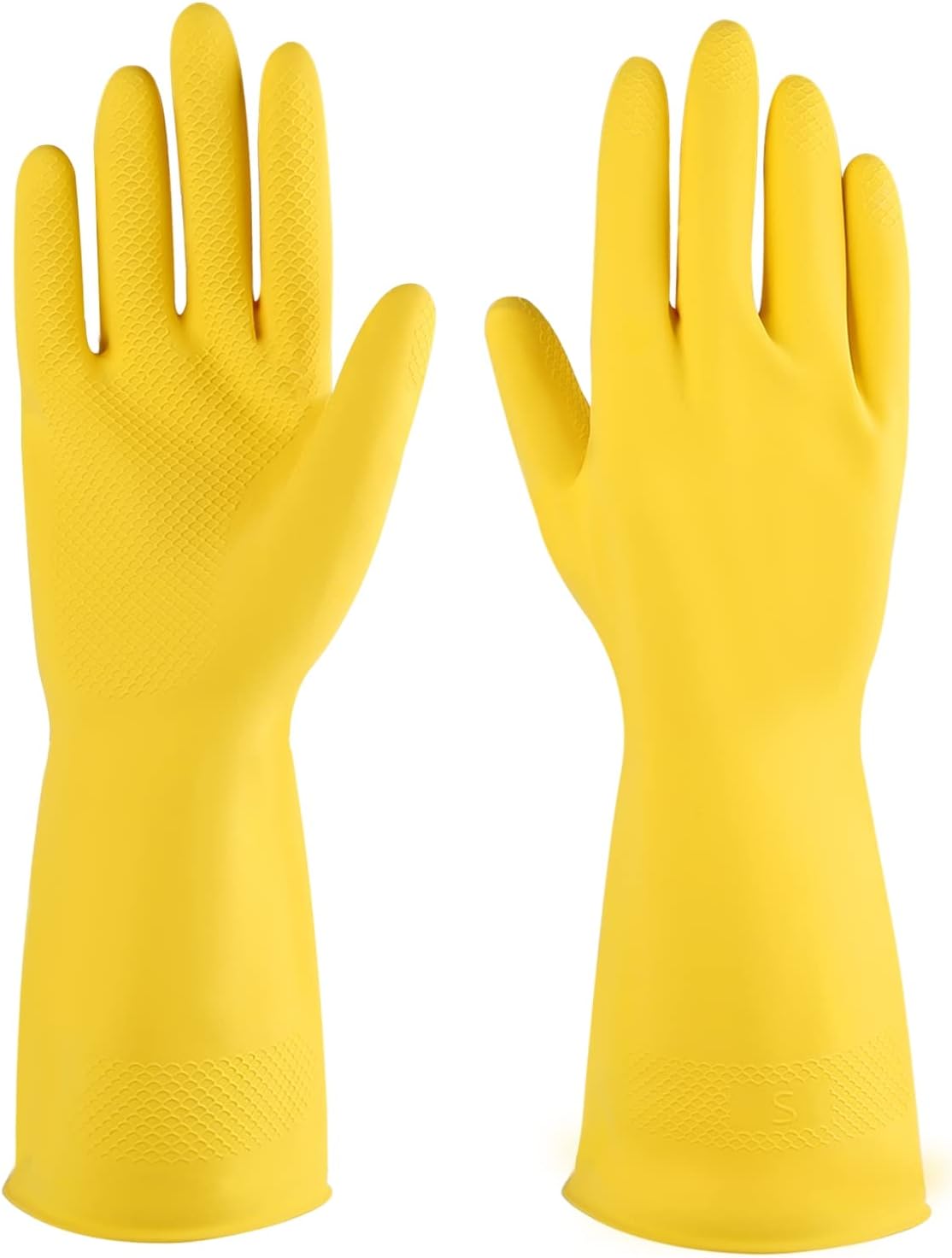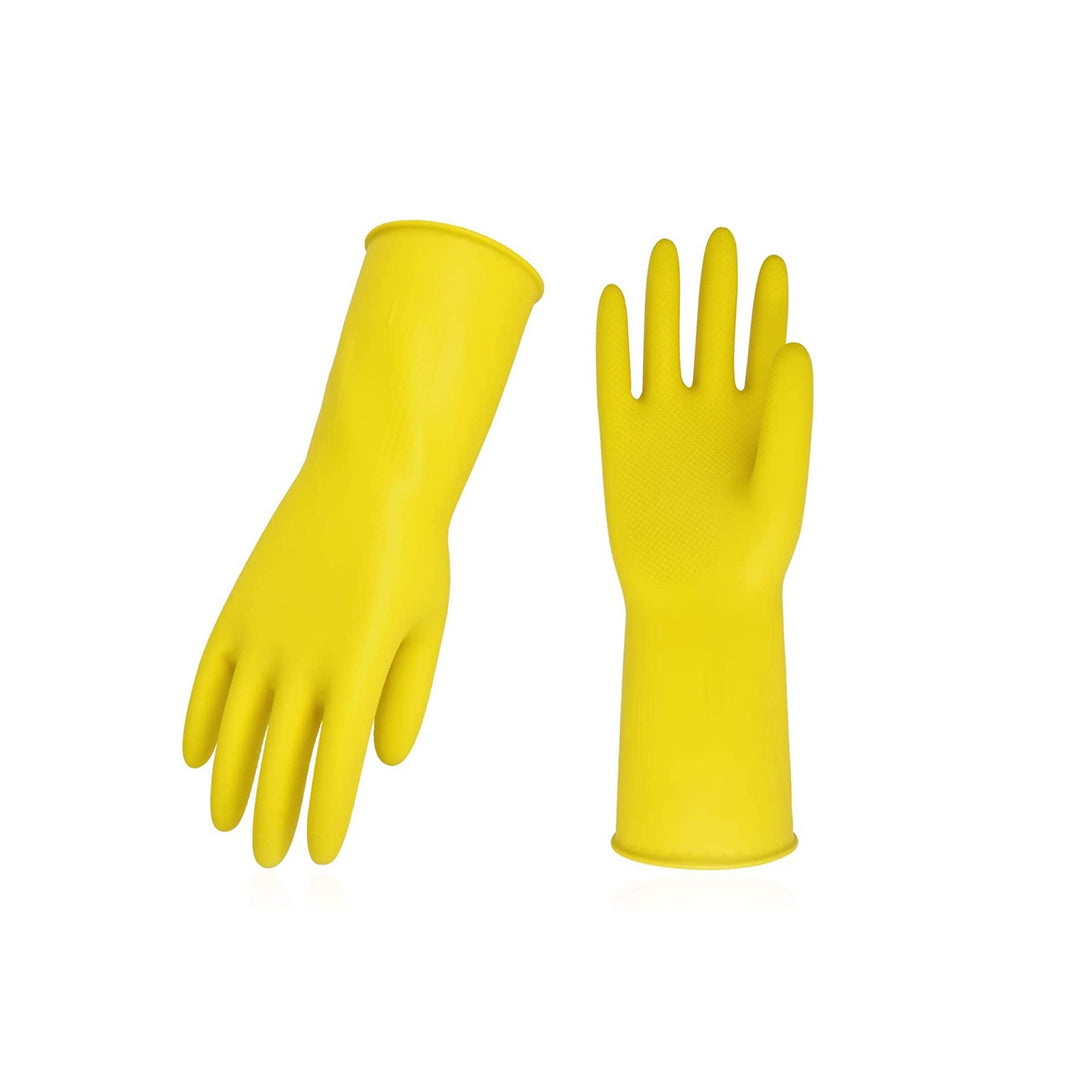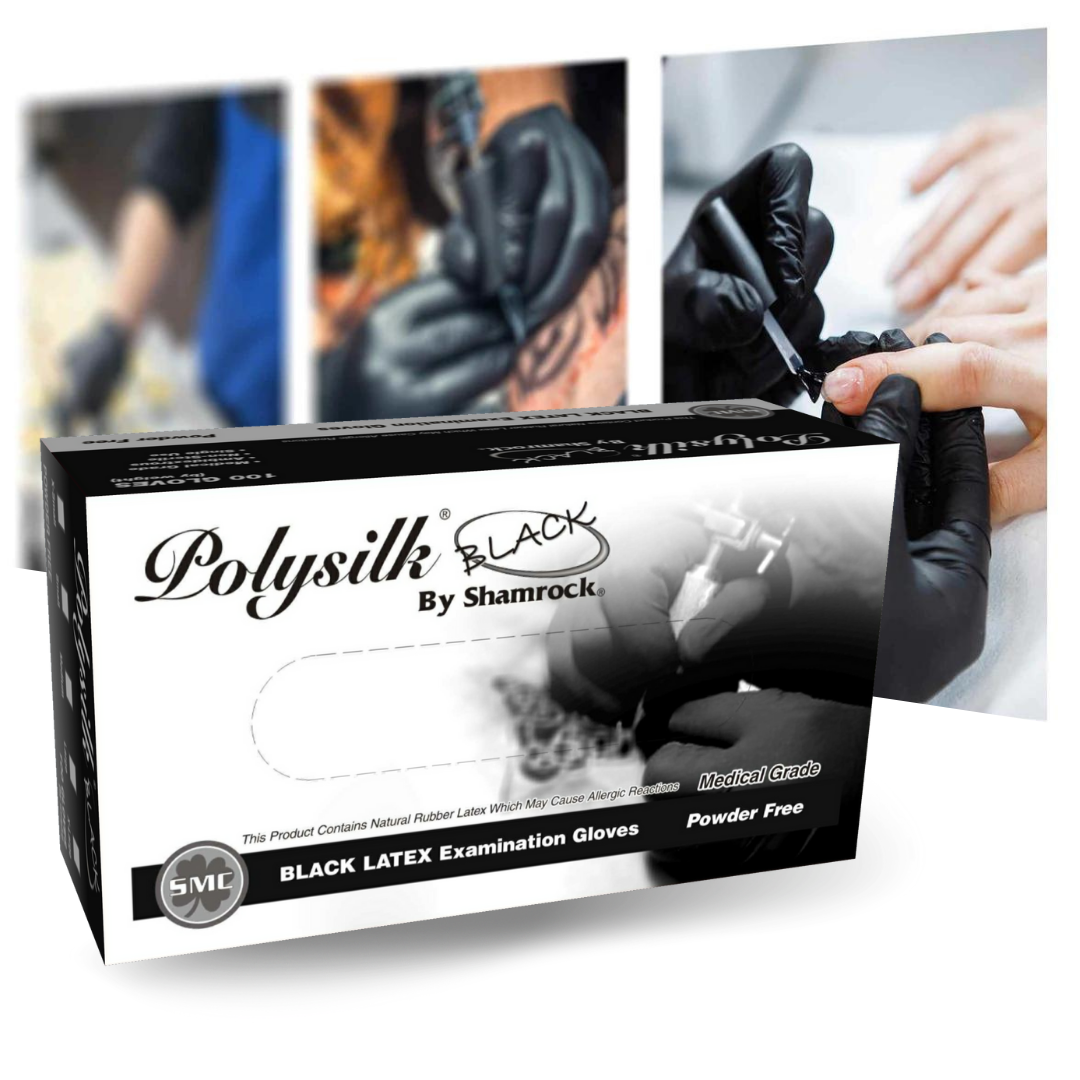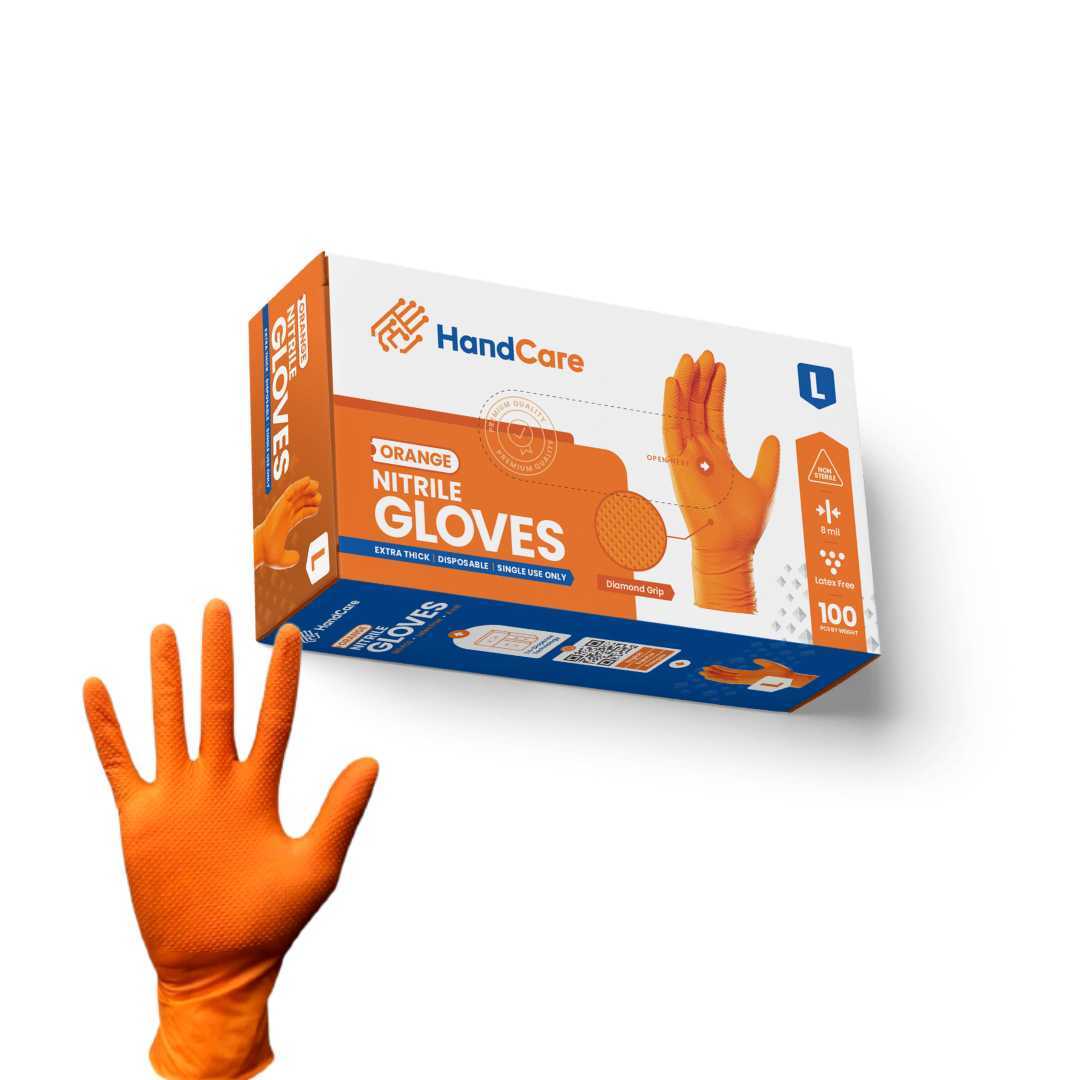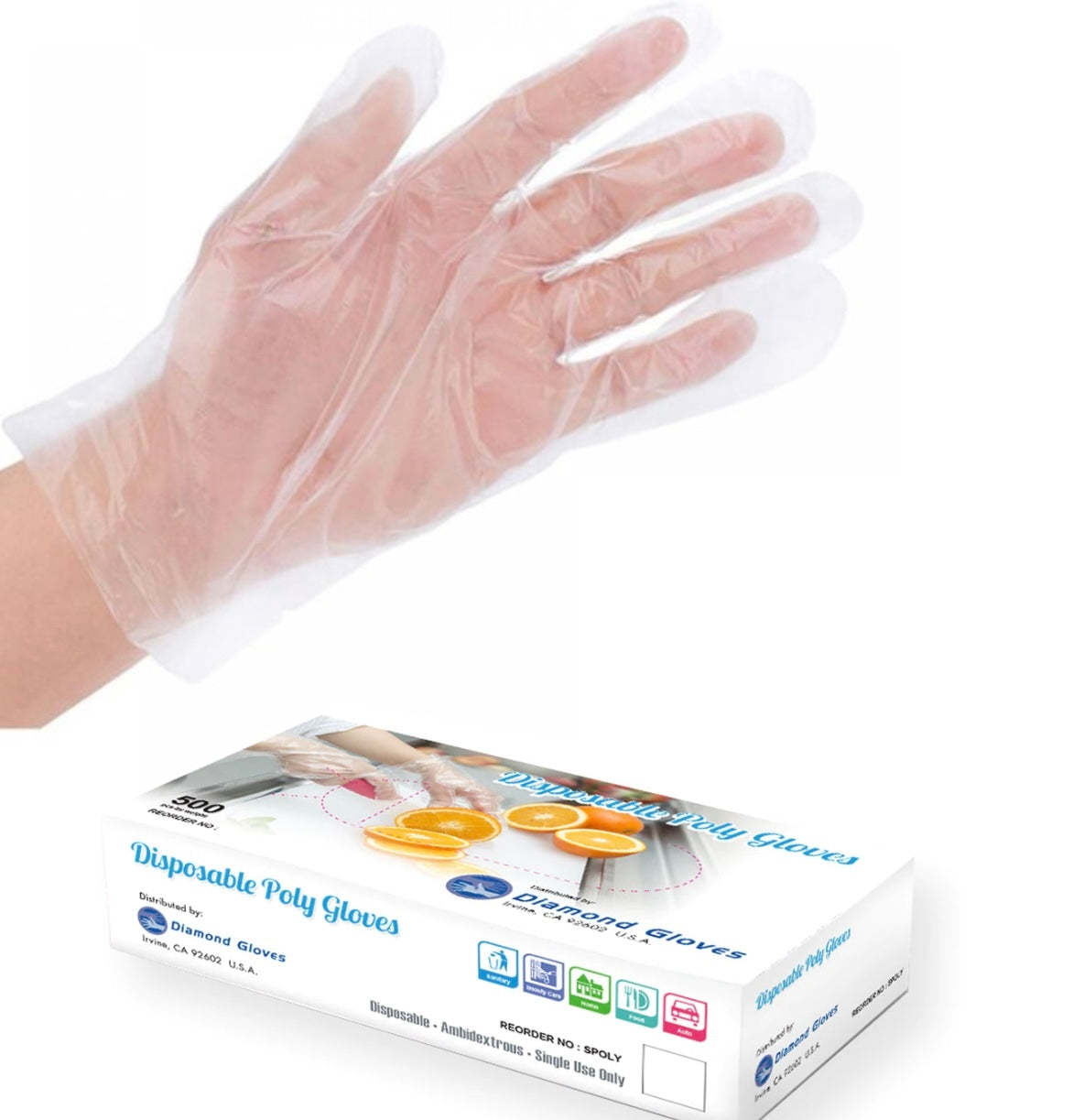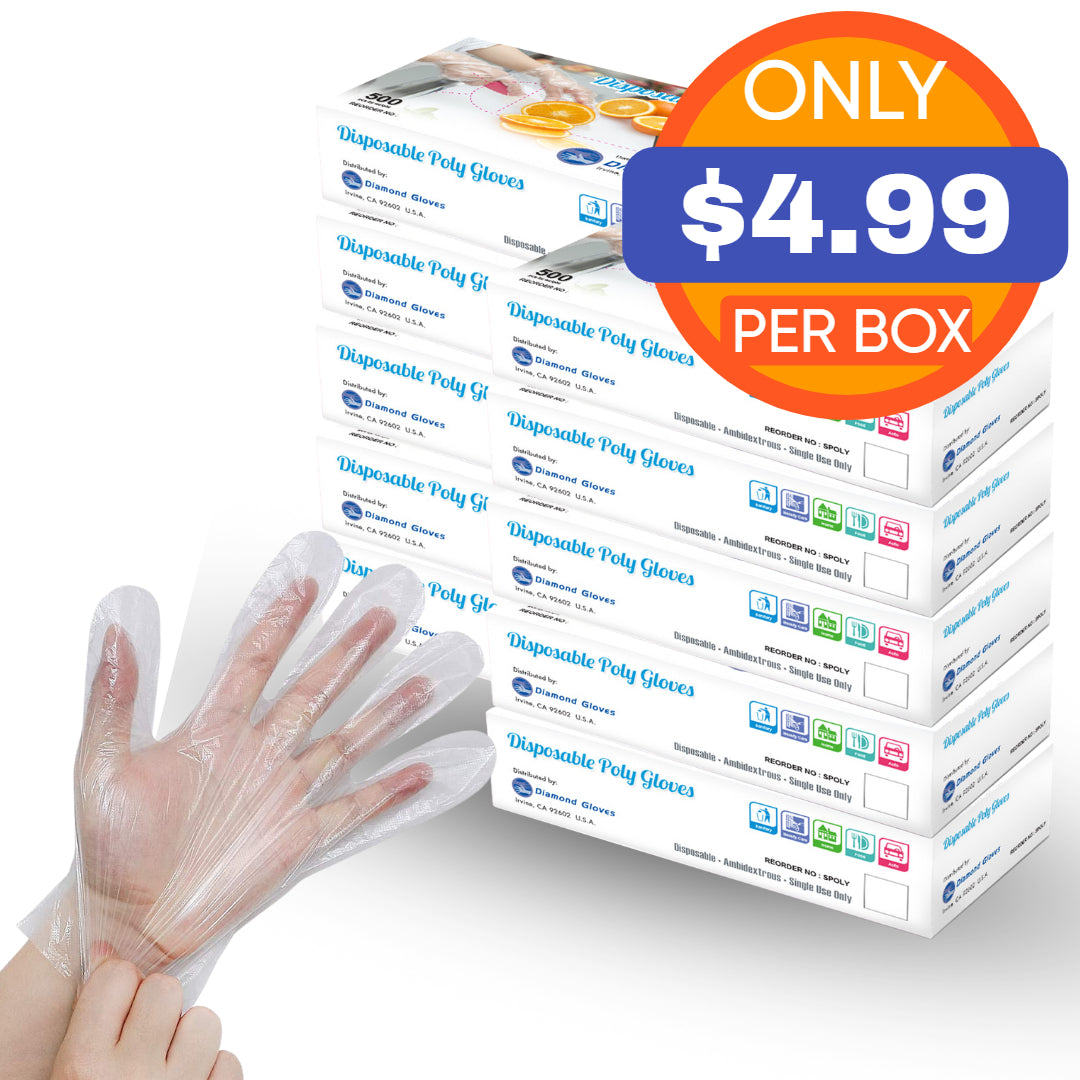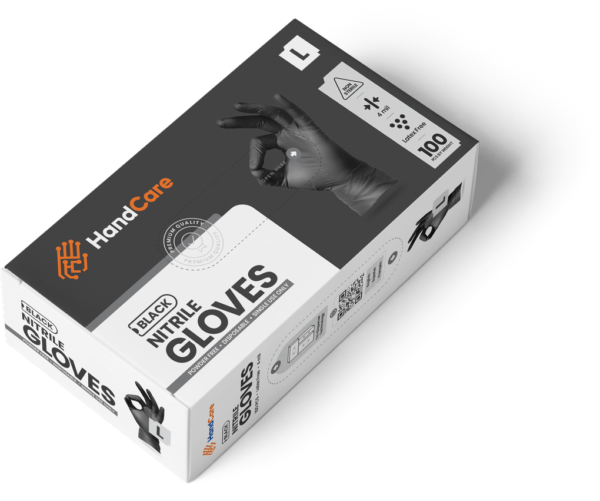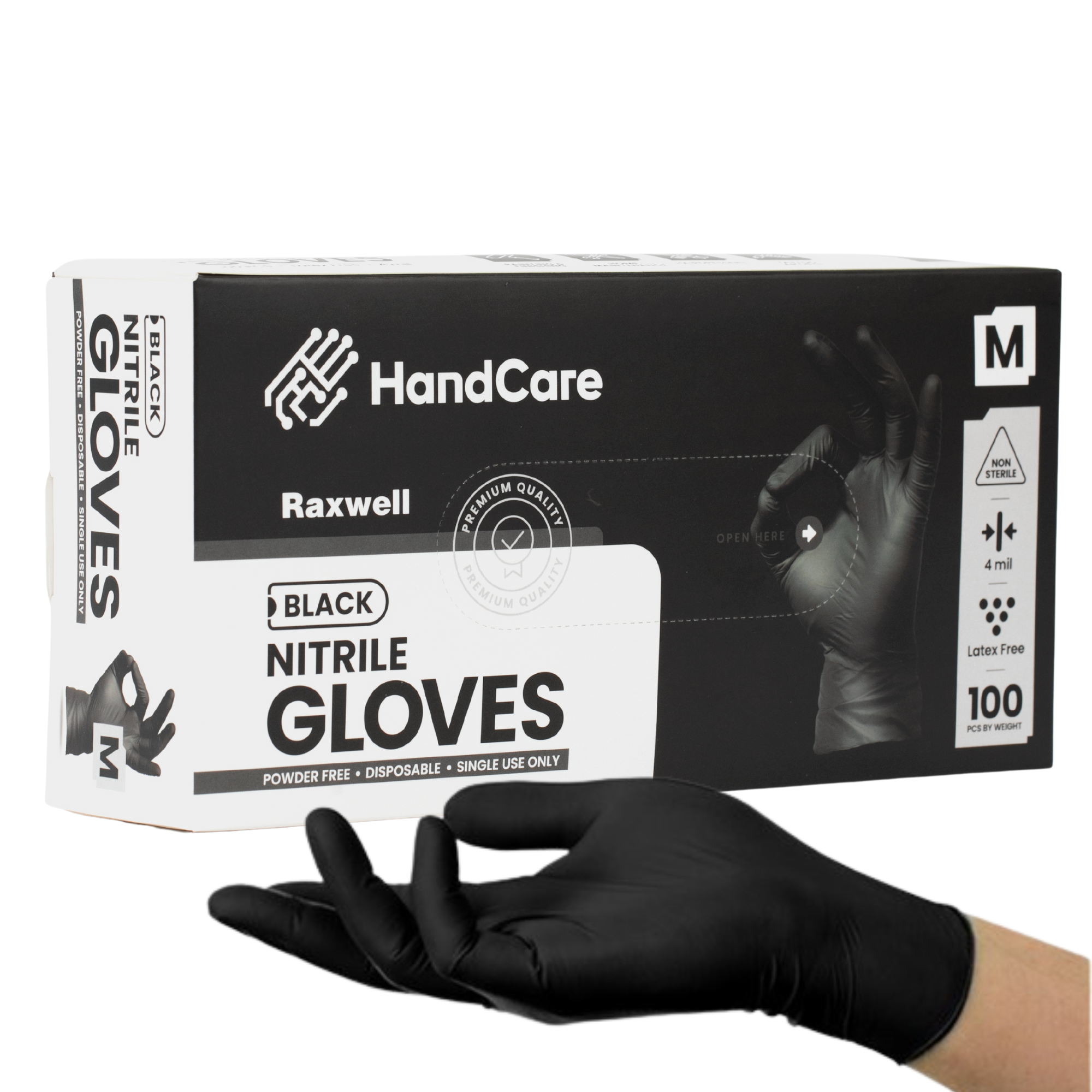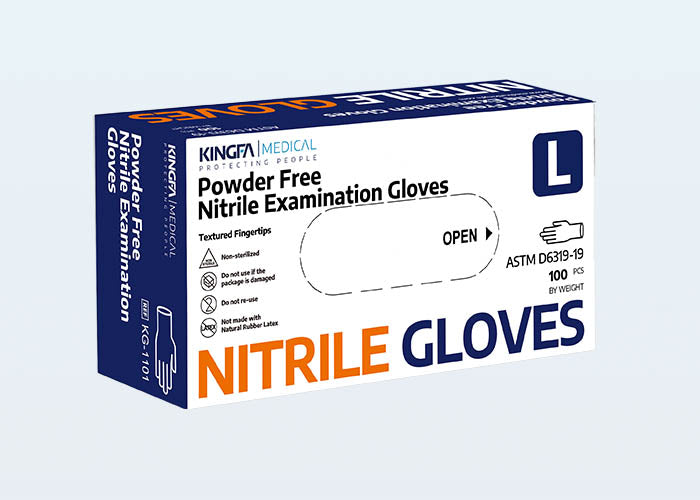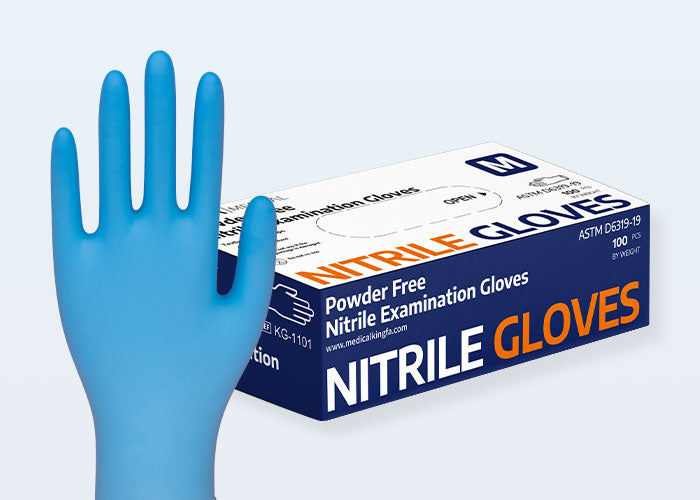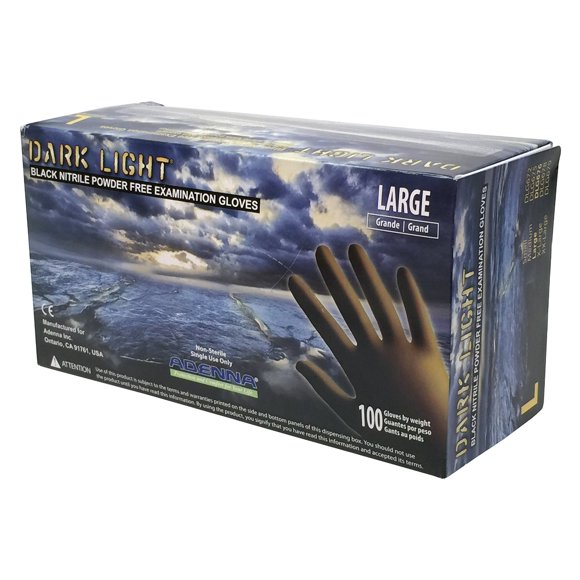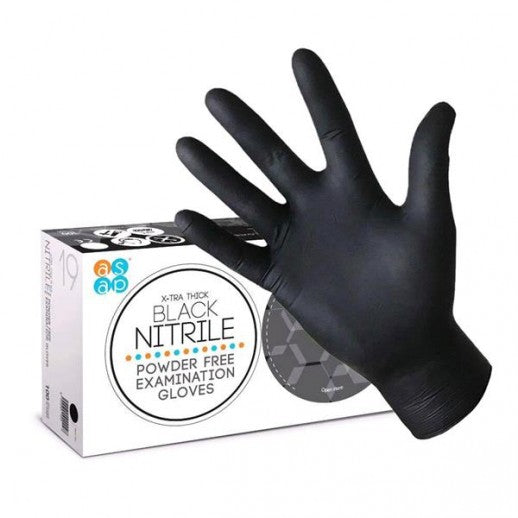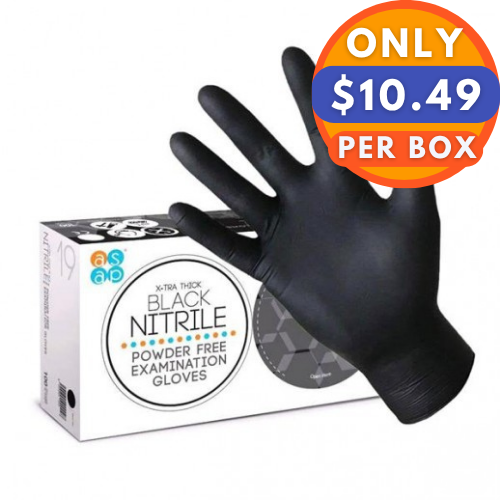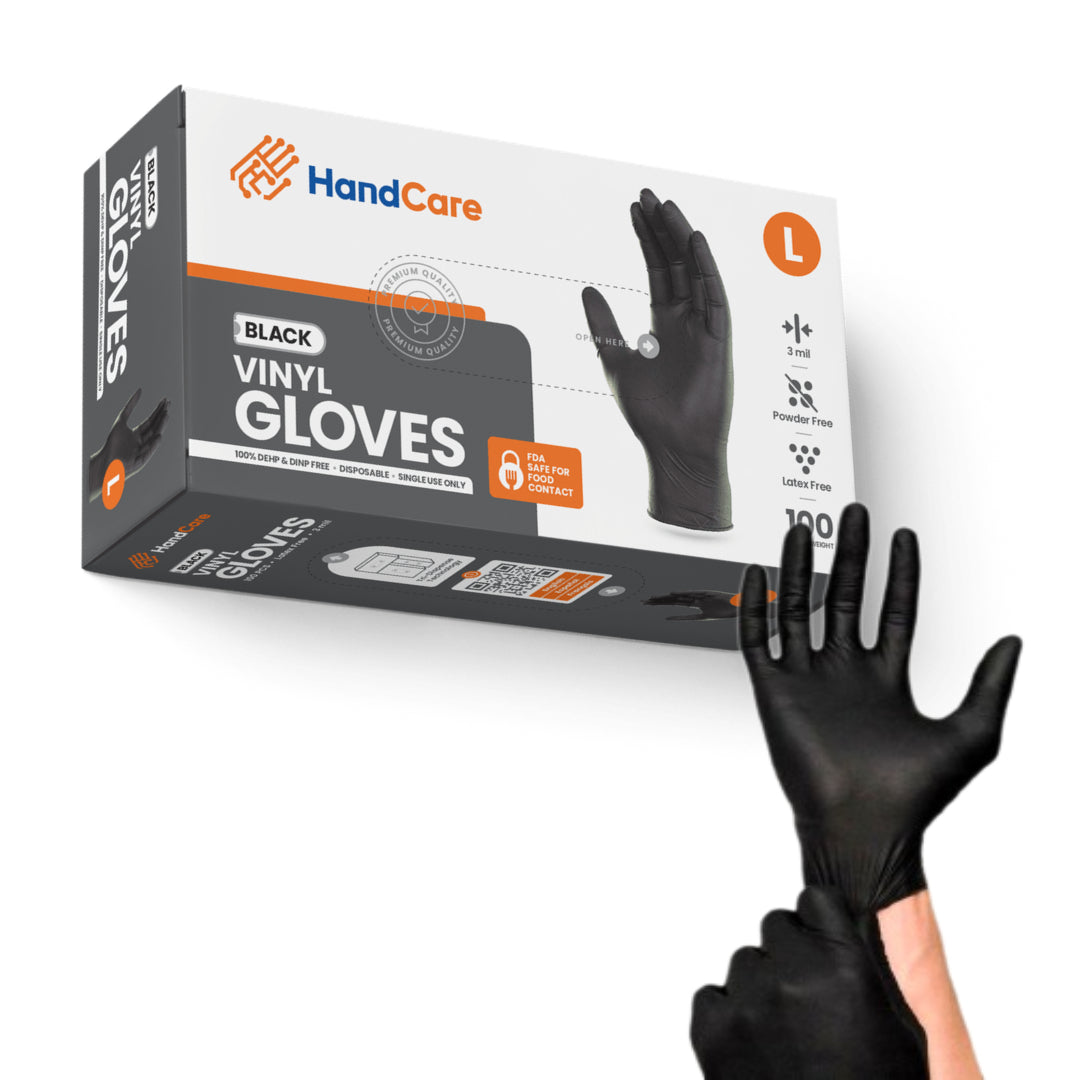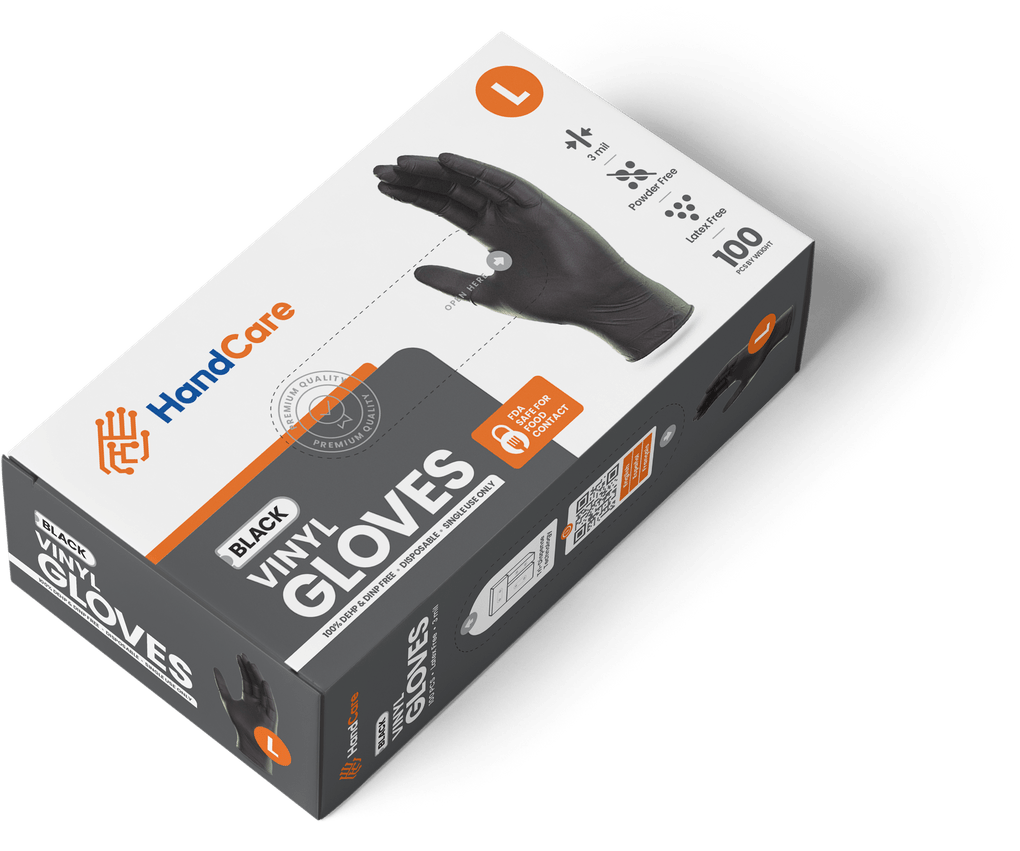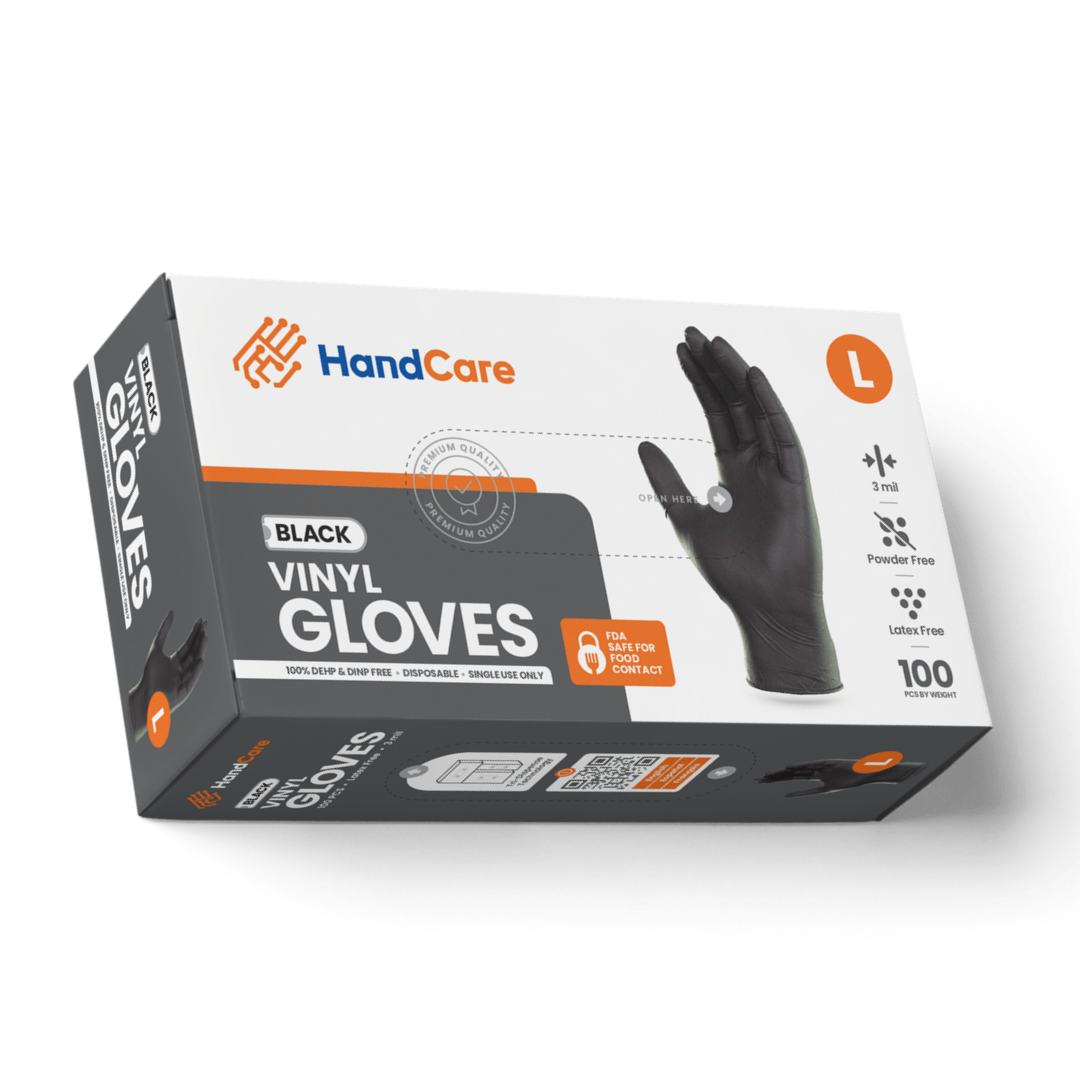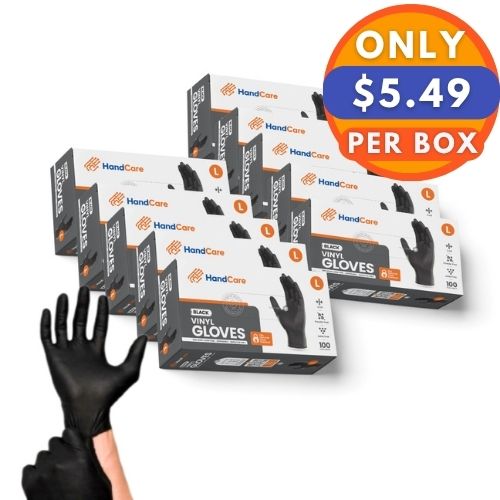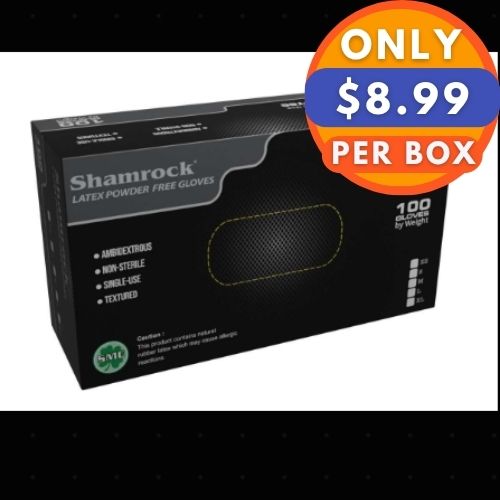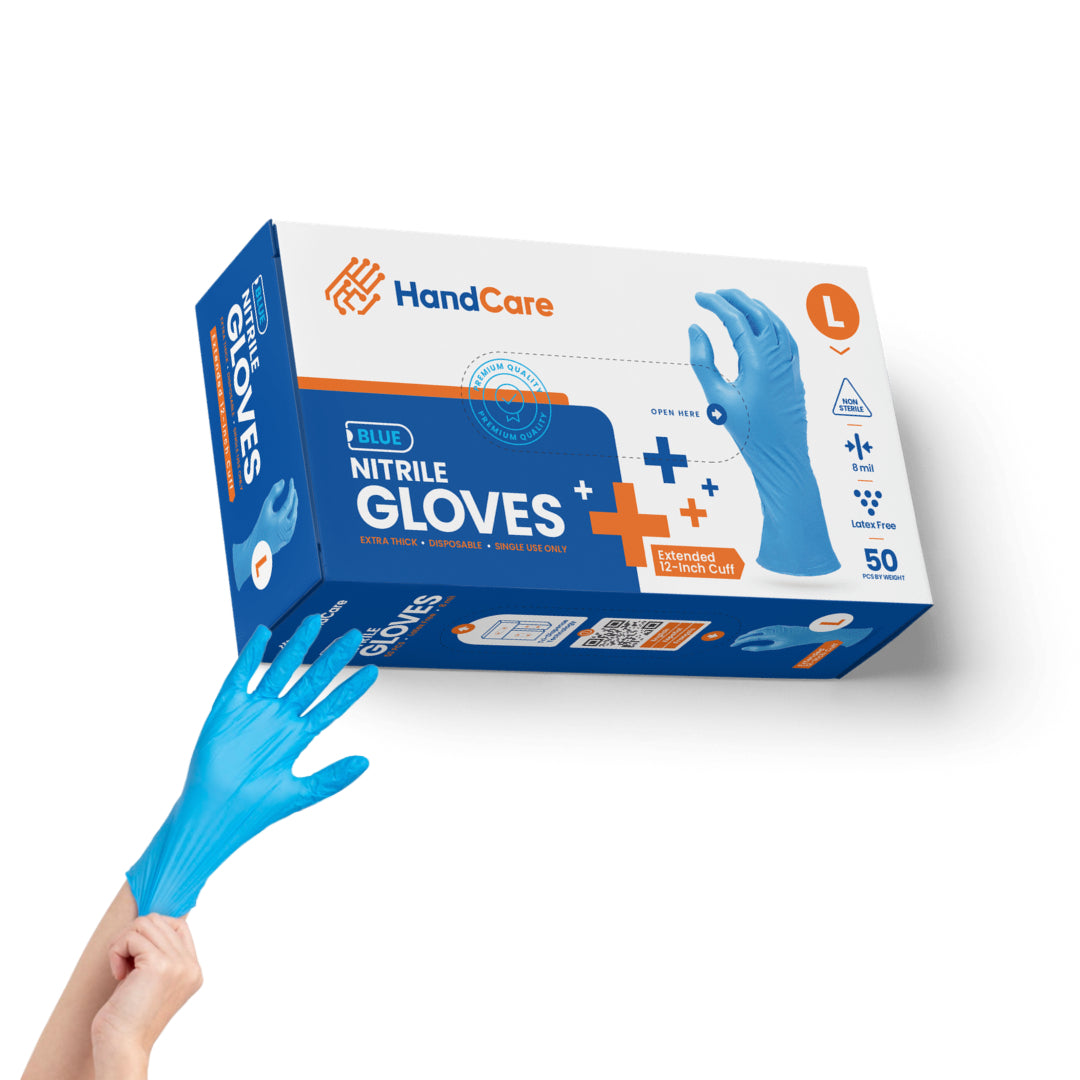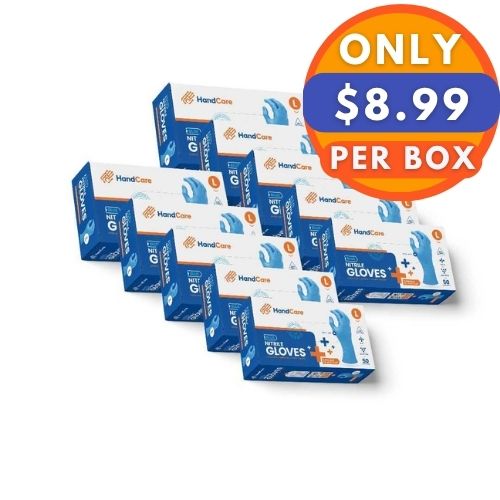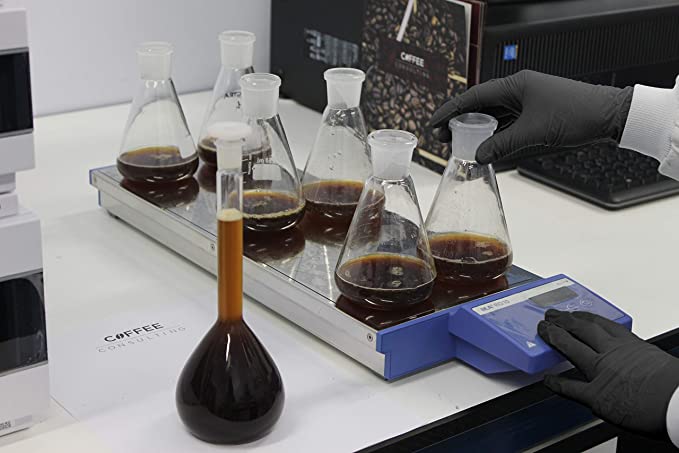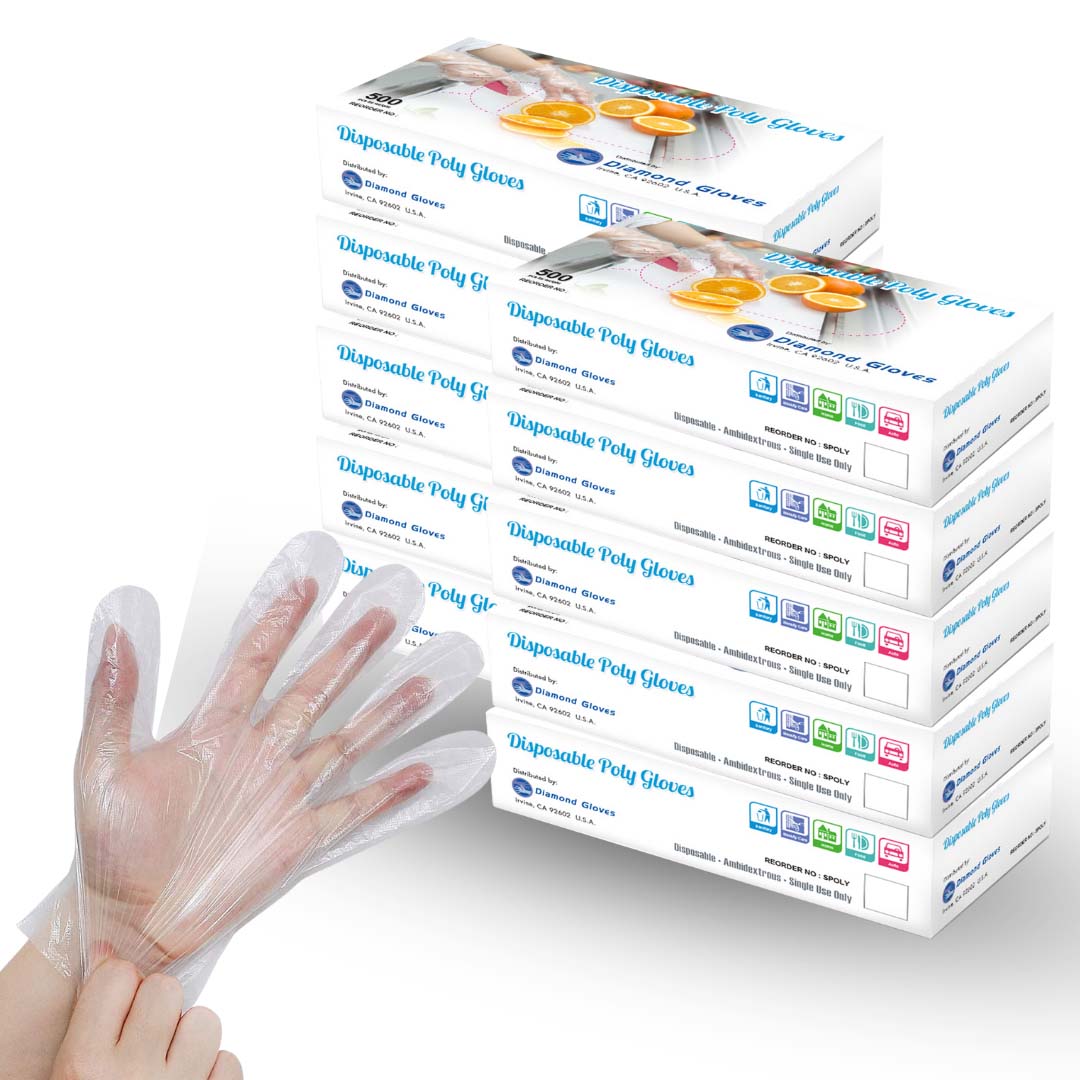High-Quality Disposable Gloves
High-Quality Disposable Gloves Best Options
After trying many different type of gloves from amazon, finally found ones with good fit and quality. Would recommend!
Good size, not too tight, not too loose. Strong material, don’t rip like others I’ve used. Recommend
These gloves are thicker and well made. They fit snug, which I like. Met my expectations and would recommend.
Disposable Gloves For Every Application
Which type of disposable gloves is best for your job? Search by material or industry to find the perfect fit, or browse our best sellers to see what’s worked for other customers. You can buy a case or box of disposable gloves to suit your supply needs, with a huge range of options for thickness, color, and size.
Frequently Asked Questions
Keep up-to-date with our guides and find the best glove options for your industry
Guides to help you choose

Best Gloves For Pesticides
When handling pesticides, protecting your hands with the right gloves is paramount. Exposure to these harsh chemicals can lead to skin irritation, burns, or even long-term health issues.
But with ...

Is There A Natural Latex
Yes, natural latex exists and is derived from the sap of rubber trees, making it a sustainable and eco-friendly material. Widely used in products like mattresses and gloves, natural latex is harves...

Best Oil Resistant Gloves
When working with oils and greasy substances, ordinary gloves can quickly fail. Discover top oil-resistant gloves designed to provide superior grip, durability, and protection in challenging enviro...

